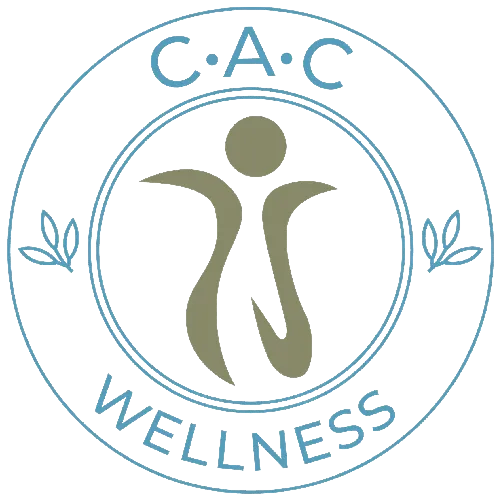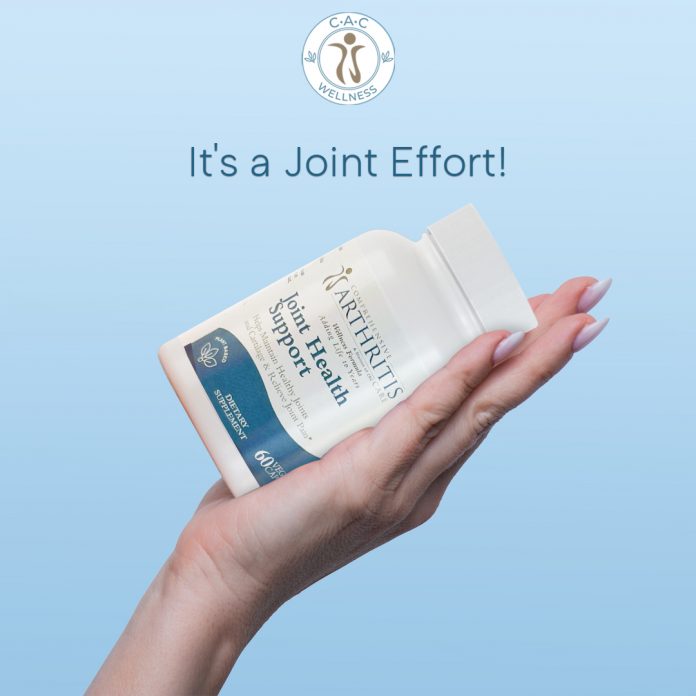Osteoarthritis, a degenerative joint disease characterized by pain and stiffness, affects millions of people worldwide.
Research suggests that women are more susceptible to osteoarthritis than men.
- Women between 50 to 60 years old have a 350% higher chance of getting hand osteoarthritis compared to men in the same age group.
- Women are 40% more prone to knee osteoarthritis than men.
- Women face a 10% higher risk of hip osteoarthritis compared to men.
In this article, we will delve into the various factors that contribute to women’s higher risk of osteoarthritis.
1. Hormonal influence
One prominent factor that may contribute to women’s increased vulnerability to osteoarthritis is the role of hormones in their bodies. Hormone levels in women can fluctuate significantly throughout their lives due to menstrual cycles and the onset of menopause.
During specific phases of the menstrual cycle, increased hormone levels can lead to greater joint laxity. Joint laxity, or looseness, is associated with joint instability and an increased risk of injury. Such instability and injuries can pave the way for the development of osteoarthritis.
This connection between menstruation, joint laxity, and osteoarthritis is particularly evident in knee osteoarthritis.
Researchers have observed that fluctuations in joint laxity may explain why female athletes face a 2 to 8 times higher risk of tearing the anterior cruciate ligament (ACL) in the knee compared to men.
Furthermore, individuals with a history of ACL injury are up to 4 to 6 times more likely to develop knee osteoarthritis in the affected knee.
2. Role of menopause
Another pivotal phase in a woman’s life that affects osteoarthritis risk is menopause. Women’s likelihood of developing osteoarthritis significantly increases after menopause.
This increase in risk can be attributed to the drop in estrogen levels during menopause, which may trigger changes in the body that accelerate the osteoarthritis process.
3. Musculoskeletal and Biomechanical Differences
While both men and women share the same joints, there exist inherent musculoskeletal differences between the sexes that can influence the likelihood of osteoarthritis. These differences impact the way women stand, walk, run, and the way their joint surfaces interact.
For instance, anatomical disparities between men and women result in women’s knees enduring more wear and tear. Research indicates that women’s knee joints have less favorable bony surfaces, which can lead to decreased joint movement and alignment.
Over time, these anatomical distinctions and the accompanying joint strain may contribute to the development of osteoarthritis.
4. Weight and joint stress
Obesity, a growing concern worldwide, is another factor that may explain women’s increased vulnerability to osteoarthritis. According to the National Institutes of Health, women in the United States are more likely to be obese compared to men.
This higher prevalence of obesity among women can have a significant impact on their joint health.
Excess body weight places additional stress on weight-bearing joints such as the hips, knees, and ankles. This heightened stress can lead to increased friction between joint bones, potentially causing damage and deterioration.
The constant strain on these joints can contribute to the development and progression of osteoarthritis.
Obesity is also associated with low-grade, systemic inflammation throughout the body. This chronic inflammation may play a role in the development of osteoarthritis, affecting not only weight-bearing joints but also non-weight-bearing joints in the hands and other areas.
While the precise reasons for women’s heightened susceptibility to osteoarthritis remain a subject of ongoing research, it is clear that a combination of hormonal influences, musculoskeletal differences, and the tendency to carry excess weight contributes to their higher risk.
To address these concerns, women—and indeed all adults—can take proactive steps to improve their joint health. Activities such as walking, physical therapy, and low-impact exercises are generally recommended as they help maintain and build muscle with minimal strain on the joints.
By adopting a holistic approach to joint care, individuals can work towards a healthier future.

